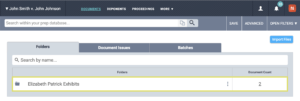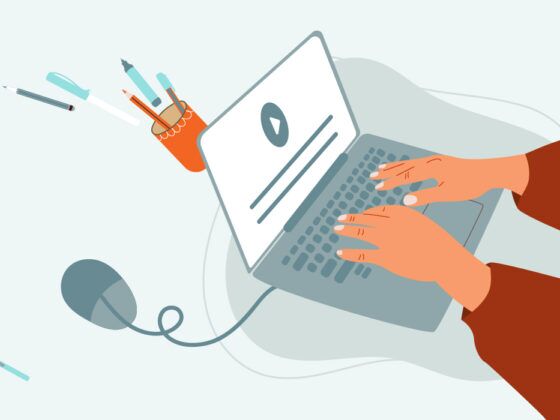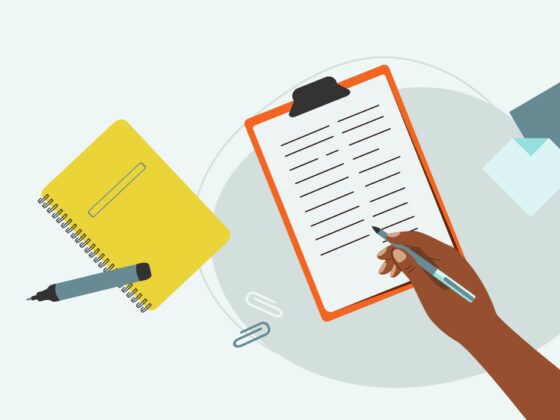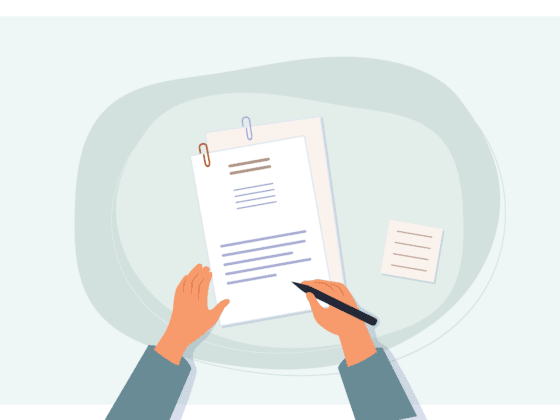TRIAL PREPARATION SERIES / PART TWO of THREE
Taking depositions is arguably the most useful discovery exercise to gather information and build a strong case. It is the only opportunity, prior to trial itself, where an attorney can question a witness about nearly everything he or she knows regarding the case. In other words, it’s an extremely vital part of any litigation, where preparation is key.
Unfortunately, too many legal teams go into depositions unprepared and disorganized. The deposition process is often left to the very last minute because review teams are struggling to finish combing through documentary evidence. Because depositions are often conducted with time constraints, you should not go in blind. We will explain how to prepare for your depositions in the most organized and thoughtful way.
★ Taking Depositions to the Next Level
Identifying the number of depositions to be taken and which persons will be deposed are components of a well-drafted discovery plan. But neither is a required element of the meet-and-confer or the discovery plan as outlined in Rule 26(f)(3).
This means you have some freedom to improvise as new information comes to light. Unfortunately, if your team waits too long to identify deponents, themes and important questions, it will be impossible to conduct the necessary depositions in a timely fashion.
This happens because many lawyers are still fact-finding and unsure of what deponents might have to say. It is essential to know the facts of your case (to the extent possible). Know the claims. Know the law and the objections that can be raised by opposing counsel. It will be useful to have copies of your deposition exhibits for everyone in the room. While that is a lot to think about, it is imperative to check all of those boxes.
As discussed in our recent Trial Preparation 101 post, build an outline even as you are reviewing documents. Whether you are on the plaintiff’s side or defense, it is important to know what you’re looking for, how to build a case or how to defend. As you discover new information, the outline can change. But it provides a framework for what you’re looking for and what questions you need to ask.
★ Deposition Transcript Coding and Searching
Preparing witnesses and managing depositions in a small matter is relatively simple. For large scale litigation, like Multidistrict Litigation (MDLs) we see transcript repositories with 5,000 transcripts or more for witnesses across cases. In these matters, it is useful to code transcripts with metadata and add fields so that they are searchable.
With metadata in place, you can search across expert witnesses, fact witnesses, across jurisdictions and do research for ongoing or even concurrent cases.
In this way, you can search fields to find a witness in a particular case or identify useful expert witnesses. You can see all of the cases that witness testified for and determine if you can use that testimony again.
★ The Technology of Taking Depositions
Old-school, physical binders are an antiquated way to organize evidence and information when taking depositions. By utilizing a secure, online repository, you can organize the database to share notes and highlights with your team. You can also download and provide a clean version for the deponent, opposing counsel and court reporter.
Litigation management software with calendar functions, time reporting and other tools is essential for organizing and planning your depositions. You will have time constraints. When discovery is served, designate one person to keep up with deadlines.
Progress reports and occasional all-hands meetings will alert everyone if adverse information has come to light. The discovery of a new claim might require amending your answer.
★ What’s Hot in Deposition Software
In every matter there are “hot docs.” These are important documents that will one day find themselves attached to a filing, blown up and used as an exhibit, or endlessly picked apart in a deposition. A well-designed coding layout will provide an opportunity to easily tag and identify these documents as a priority for further review.
When hot documents come up, it should be possible to send everyone a link to that document so everyone, from associates, to designers or opposing counsel can access the same item. Sharing work-product securely and transparently in a collaborative database environment helps ensure you’re not duplicating work. It also means no one can claim they never received that important document.
And of course, before taking depositions, put your exhibits in order with a stamping/numbering tool. All modern litigation software should offer such a feature. Identifying key deposition materials for your team in a timely manner can radically change the course of litigation.
Even with these tactics, taking depositions can be messy and difficult. But the right amount of organization and technology ensures your team can manage the challenges.
★ Don’t Miss a Beat in Your Trial Preparation
Check out Parts 1 and 3 of our Trial Preparation Series:
-
- Trial Preparation 101: Strategies for Building Winning Arguments outlines the strategic aspects of trial planning
- Trial Presentation 101: Impactful Courtroom Demonstratives explains how this preparation spills over into the final phases of successful and impactful trial presentation










